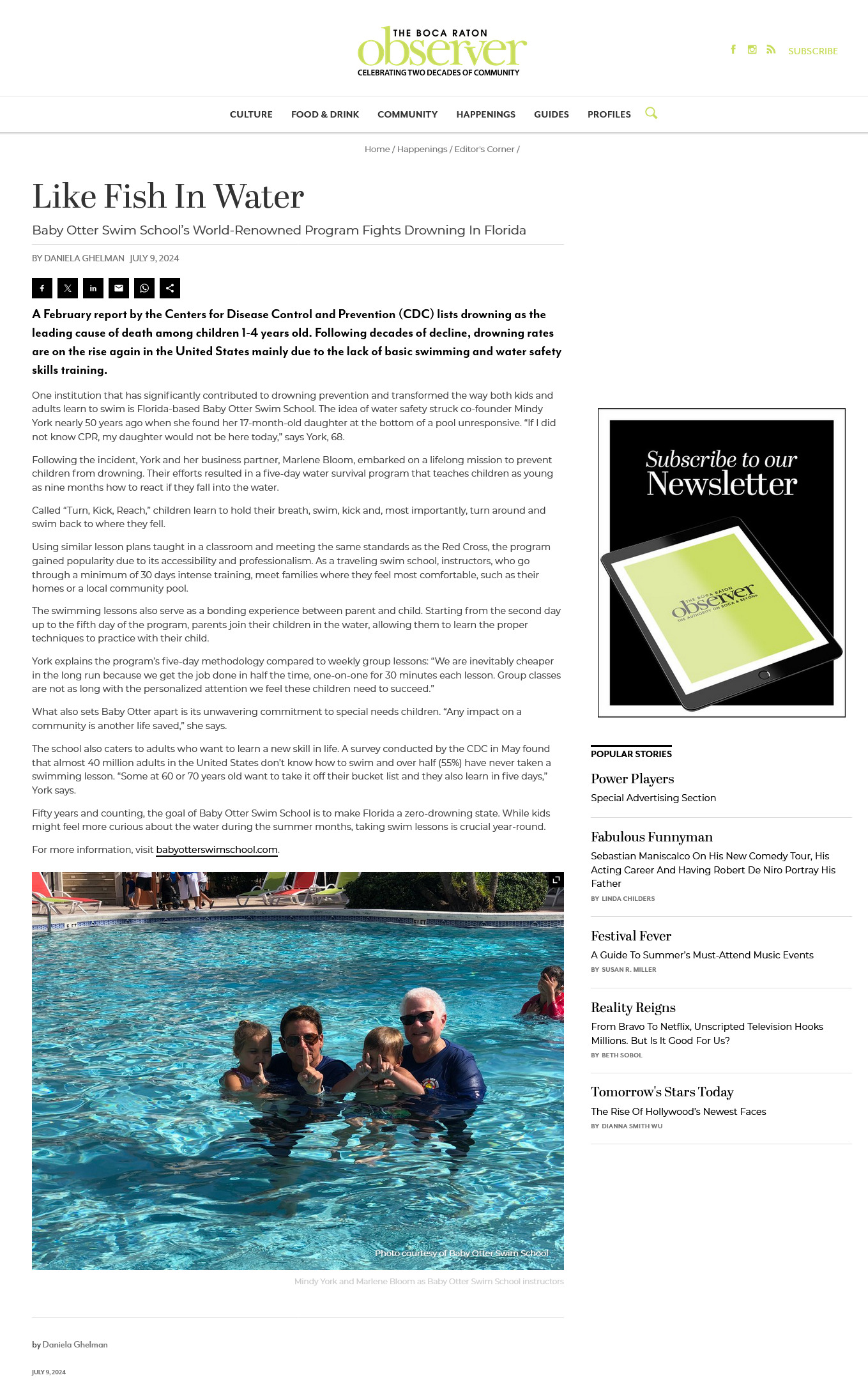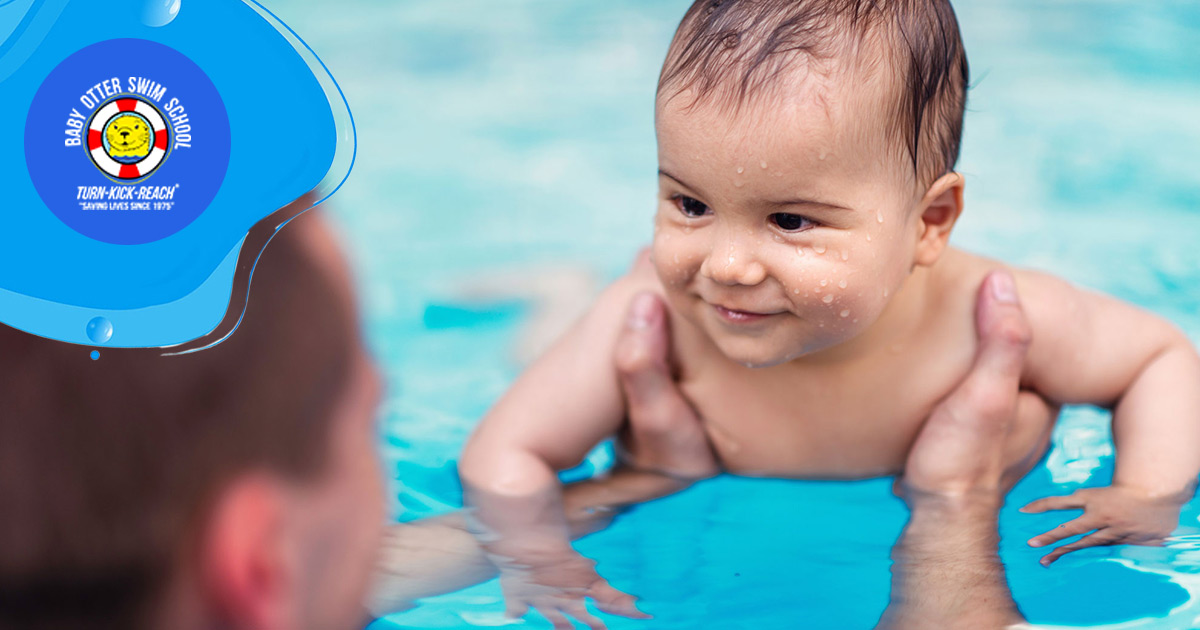Every Little Thing You Need to Learn About Swimming Lesson for Beginners: A Comprehensive Overview
Comprehending the basics of swimming lessons for novices is vital for cultivating both safety and skill development in the water. The course to ending up being a positive swimmer is typically stuffed with obstacles, including the common fear of water.
Importance of Water Safety
Water safety and security is vital for anyone venturing right into water environments, specifically novices. Recognizing the possible dangers related to water tasks is critical to guarantee a delightful and risk-free experience. Stats show that sinking stays a leading reason for unintentional death, underscoring the requirement for increased recognition and precautionary actions.
The very first step in water safety involves recognizing the significance of supervision. Grownups must constantly keep a close eye on kids and unskilled swimmers, as even superficial water can posture substantial threats. Furthermore, putting on appropriate flotation tools, such as life vest, is crucial, particularly for those that are not yet certain in their swimming capabilities.
One more vital element is acquainting oneself with the particular atmosphere. Each body of water has special attributes, including currents, trends, and temperature level, which can influence security. Swimmers should additionally recognize climate condition and prospective dangers, such as immersed things or sudden changes extensive.
Finding the Right Instructor
Choosing a certified teacher is an essential action in ensuring a efficient and secure learning experience for novices. When searching for a trainer, consider their qualifications and experience. Seek people who are certified in CPR and First Aid, as well as those who hold identified swimming mentor credentials, such as those from the American Red Cross or YMCA.

Furthermore, evaluate the trainer's interaction skills. They must be able to convey guidelines plainly and show strategies efficiently. A link in between the student and the instructor can improve inspiration and promote a positive discovering ambience.
Last but not least, take into consideration logistics such as class dimension, scheduling, and place. Smaller class dimensions typically enable for even more tailored interest, which can be useful for beginners. By meticulously examining these factors, you can locate an instructor who will certainly add to a successful swimming experience.
Necessary Swimming Strategies
Understanding necessary swimming techniques is vital for beginners intending to build confidence and proficiency in the water. The structure of effective swimming depends on grasping the fundamental abilities that enhance both security and enjoyment during technique.
Among the first techniques to concentrate on is appropriate breathing. Novices must discover to exhale undersea and breathe in rapidly when transforming their heads sideways, making certain a stable rhythm that sustains endurance. Furthermore, body positioning plays a crucial duty; swimmers must preserve a structured stance, keeping the body straight and level to minimize drag.

Lastly, recognizing the significance of buoyancy can not be ignored. Mastering drifting methods will boost convenience and security in the water. By concentrating on these necessary methods, beginners can develop a solid swimming foundation, establishing them up for higher success in future lessons and even more sophisticated abilities.
Different Swimming Styles
Countless swimming designs exist, each offering one-of-a-kind techniques and benefits that accommodate various preferences and objectives. The 4 primary strokes-- freestyle, backstroke, breaststroke, and butterfly-- develop the foundation of affordable swimming and entertainment methods.
Freestyle, likewise referred to as the front crawl, is defined by a flutter kick and rotating arm motions, enabling optimal speed and effectiveness. It is frequently one of the most prominent choice for novices because of its straightforward strategy and flexibility in various water setups.
Backstroke, carried out on the back, utilizes a comparable flutter kick but utilizes a windmill arm motion. This stroke boosts body positioning and advertises leisure in the water, making it an outstanding alternative click to read more for those that might really feel anxious while swimming.
Breaststroke features a frog-like kick and synchronised arm movements, advertising a slower pace that enables enhanced breathing control. This stroke is specifically beneficial for beginners as it encourages an all-natural rhythm.
Last but not least, the butterfly stroke, recognized for its challenging method, includes a dolphin kick and simultaneous arm motions. While even more advanced, understanding it can substantially improve overall swimming effectiveness. Welcoming these varied styles can bring about a this hyperlink well-shaped swimming experience.
Conquering Common Obstacles
Although swimming can be a gratifying activity, beginners commonly come across various challenges that may hinder their development and satisfaction in the water. Beginning by adapting to the water in shallow areas, and practice breathing strategies outside of the water to build self-confidence.
Another challenge is grasping fundamental techniques, such as drifting and stroke technicians. Beginners need to concentrate on proper body placement and breathing patterns. Using flotation tools can assist in creating a feeling of balance while exercising stroke basics.

Finally, discovering a supportive environment, whether via team lessons or individually training, can substantially boost discovering. Positive comments and motivation are important for fostering and getting over difficulties improvement. By addressing these common issues head-on, novices can cultivate a favorable swimming experience and development at a comfortable pace.
Final Thought
In summary, swimming lessons for novices incorporate essential components such as safety, effective instruction, and proficiency of vital techniques. Picking a certified teacher is vital to fostering an encouraging discovering setting. Focus on core skills, consisting of breathing and body positioning, aids in developing self-confidence in the water. Comprehending numerous swimming styles and dealing with common difficulties further improves the finding out experience. Ultimately, a detailed approach makes sure that newbies not only get swimming skills however additionally cultivate a long-lasting gratitude for marine activities.
Recognizing the fundamentals of swimming lessons for novices is essential for fostering both safety and security and skill growth in the water.Water safety is critical for any individual venturing right into aquatic atmospheres, especially novices. Arm activities should additionally be collaborated with the kick; newbies ought to learn the value of getting to forward and drawing with the water efficiently.
Although swimming can be a rewarding activity, beginners frequently run into various difficulties that may impede their progress and pleasure in the water. Start by adjusting to the water in superficial locations, and method breathing methods outside of the water to develop confidence.